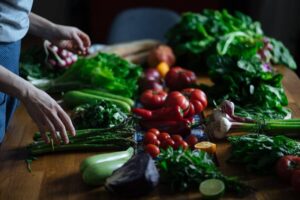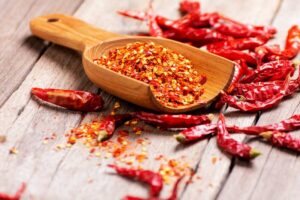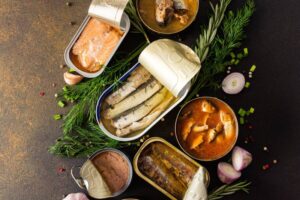Do you want to know the secrets of the longest-living people?
Blue Zone residents have easy access to fresh and pesticide-free organic fruits and vegetables. They might be growing their own food or finding affordable options nearby. Focusing on fresh, healthy ingredients instead of choosing processed foods seems to be the key.
People adopting this lifestyle create their own tasty nutritional meals, and this is essential because if you don’t enjoy what you eat, you’re less likely to stick with it for long.
What researchers have found until now is the fact that people who live the longest are not waking up at 50 thinking I’m going to eat healthy from now on to live another 50 years. Most of these people don’t read labels or take vitamins; they don’t even read the labels. What they do is actually celebrate food rather than restricting it.
Principles of the Blue Zone diet transform communities in the US.

Here are the simple guidelines to help you adopt a Blue Zones way of eating and living while working towards reaching 100.
Blue Zones centenarians prefer to vary, but there are some common rules in choosing the food to work well and fit everyone. A science-based study involving over 150 dietary studies from Blue Zones conducted over the past century managed to show what centenarians really prefer to eat.
Follow the guidelines to easily swap the refined starches and sugars for fresh, wholesome, and fiber-rich foods.
Plant Slant
What you should keep in mind is that 95% of your food should come from plants and plant-based products.
Animal protein should be kept at a minimum, in small servings each day. What’s going to fill your plate instead? You can go for beans, greens, yams, or sweet potatoes; fruits, nuts, and seeds. Whole grains are a great choice, and people in four of the five Blue Zones eat meat, but they use it sparingly, as a special treat, as a side dish, or even to just add flavor to their meals.
An advisor from Harvard School of Public Health tells us that meat is like radiation; we don’t know the safety level. Some studies found that vegetarian Adventists are prone to live eight years longer than their peers who eat meat.
More plant-based food comes with a lot of health benefits, and in the Blue Zones, people enjoy a wide variety of vegetables while they are in season. They often pickle or dry extras to savor during the off-season.
Foods in the Blue Zones classified as the top longevity foods are leafy greens, such as spinach or kale, beet and turnip tops, collards, and chard. Ikaria, for example, can be found in over 75 types of edible greens that grow abundantly. Many of them have ten times the healthy compounds found in red wine.
Studies have shown that middle-aged people eating about a cup of cooked greens each day are half as likely to die in the next four years, compared to the ones who don’t eat greens.
Also, eating about a quarter pound of fruit daily can make you 60% less likely to die over the next four years compared to the ones who don’t eat fruit.
When it comes to oils, plant-based oils are better than animal fats. Olive oil is the most common healthy plant oil used in the Blue Zones diet. There are other plant oils that are also a good option. Consuming olive oil can help you raise good cholesterol and lower bad cholesterol. Middle-aged people consume about six tablespoons of olive oil daily to cut the risk of becoming chronically unhealthy in half.
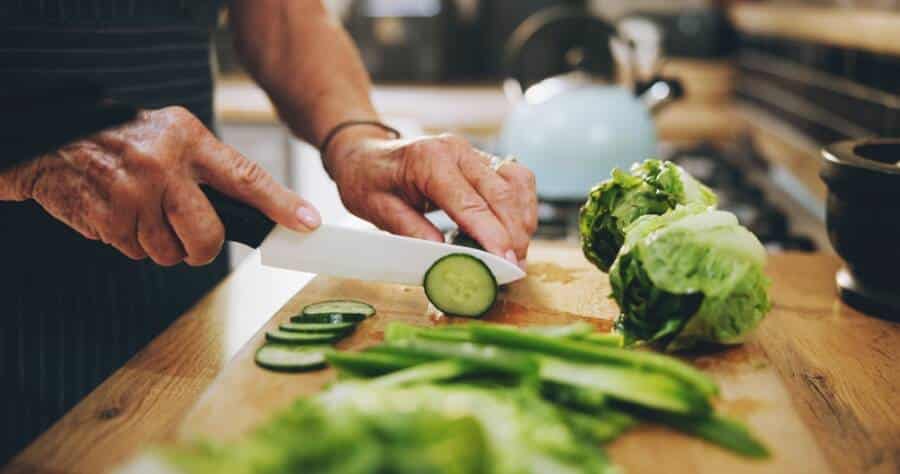
How can you start?
Stock up on your favorite fruits and vegetables. Don’t try to force yourself to do what you don’t enjoy because it will only work temporarily.
You can explore different veggies and fruits to find what you like and make sure you get your kitchen stored with them. If it’s hard for you to find fresh ones or they are too expensive, don’t hesitate to buy frozen ones, as they are often more nutritious (because they are frozen right after harvest), unlike the fresh ones that may sit in transit for days.
Instead of using butter, use olive oil for the same purpose. Saute your veggies in olive oil over low heat to boost their flavor. Moreover, you can add a bit of extra-virgin olive oil over boiled or steamed vegetables for an extra touch of taste. Keep a bottle on your table to remind yourself to use it all the time.
Oats, brown rice, barley, or ground corn play a big role in Blue Zone diets. Wheat is not common in these cultures, and the grains they use have less gluten than the modern varieties we generally consume.
Here is a great thing you can do with the leftover vegetables in your fridge. Instead of throwing them away, chop them, sauté them in olive oil, add some herbs, and add boiling water to cover. Let it cook until the vegetables are tender and season to taste. You can also freeze them and portion them for later use, especially when you’re short on time.
Protein in the Blue Zones Diet
Protein is essential for muscles and strong bones, but let’s think how much we really need. The average woman consumes about 70 grams of protein a day, while men go over 100 grams. Well, that’s too much! The recommended daily intake is 46 to 56 grams.
It’s not only about how much protein you eat but also about the kind. With 21 types of amino acids in protein, our body cannot produce 9 of them, which are the essential amino acids we must get from our diet.
Meat and eggs provide all nine essential amino acids, and they come packed with fat and cholesterol, increasing the risk of heart disease and cancer.
Let’s see how you can follow a Blue Zones diet based mostly on plant-based food. The key aspect is to pair certain foods together. You can combine the right plant foods and get all the essential amino acids you need, meet your protein needs, and keep your calorie intake on the line.
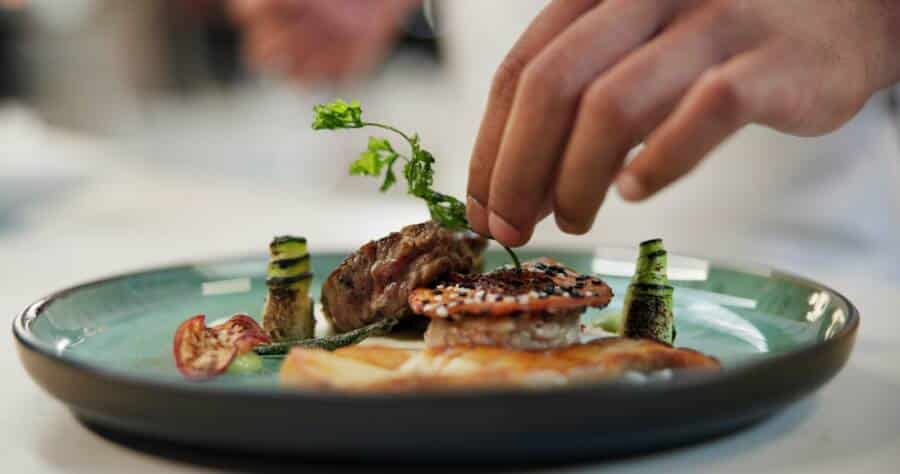
When to eat meat?
Try to keep your meat at no more than twice a week.
Keep your portions small when you eat meat, as about two ounces of cooked meat at a time. Always go for high-quality options such as true free-range chicken, family-farmed pork, or lamb instead of industrial-raised meats.
You need to stay absolutely clear of processed foods like sausages, hot dogs, and lunch meats.
Most people who are on Blue Zone diets generally consume only small amounts of chicken, pork, and lamb. Adventists make an exception, and they don’t eat meat at all. As a tradition, families who slaughter a pig or a goat for some celebrations enjoy a hearty meal and then preserve the leftovers. They use the sparingly flavoring agent to fry the other dishes.
People in the Blue Zones might indulge a bit more than once a month with a special meal featuring roasted pig or goat. Interestingly, beef and turkey don’t play a significant role in the typical Blue Zones diet.
Reducing your meat consumption and focusing on quality over quantity, enjoying a flavorful meal while benefiting your health are the go-for.
Free Range Meat
The meat Blue Zone people eat comes from animals that roam freely. It’s important to not be pumped full of hormones, pesticides, and antibiotics. Raising animals in the traditional way results in meat richer in healthy omega-3 compared to the meat from grain-fed animals.
It’s interesting to know that it’s not clear if Blue Zones residents live longer because they eat less meat or because they thrive despite it. There are anyway many healthy habits in their lives, and this might also help in handling occasional meat consumption because the negative effects are balanced by the overall lifestyle.
What you need to remember is that “the more healthy practices you adopt, the healthier you become”, as practitioners say.
If you’re interested in how to create tasty meals for yourself following the Blue Zones Diet, this is a book you can find on Amazon that is going to be a real help: The Blue Zones Kitchen: 100 Recipes to Live to 100
Read next: Flu Season Alert! Keep Healthy With These 3 Soups



